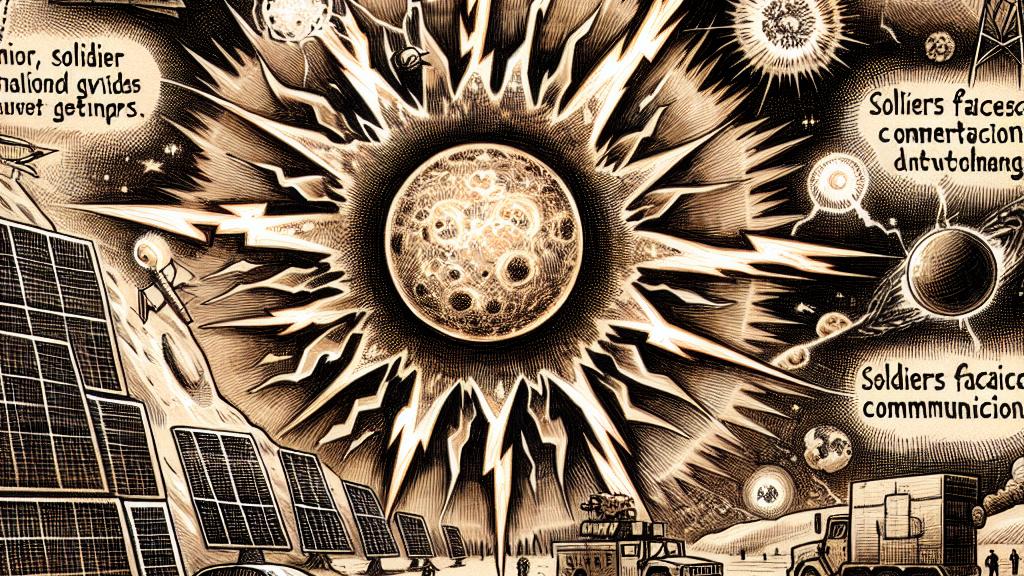Protecting National Security from Space Weather Threats
Overview
- Space weather presents critical challenges, endangering GPS systems and satellite communications.
- Research efforts are vital to shield national security from these unpredictable threats.
- With escalating solar activity, proactive strategies are essential to mitigate potential impacts.

Understanding Space Weather: Definition and Impact
Space weather is a fascinating yet formidable aspect of our environment, characterized by the sun’s variability affecting Earth’s atmosphere and technology. Think about it: during a powerful solar flare in 1989, power grids across Quebec experienced major outages, impacting millions of residents. Such significant events illustrate the dangers posed by space weather. More recently, we have seen how these solar occurrences can disrupt vital communication technologies and navigation systems. For example, during the military operations in Afghanistan, troops faced intermittent communication failures due to unforeseen space weather conditions. This starkly highlights how, at critical times, poor communication can lead to dire consequences, further emphasizing the urgent need for robust monitoring and understanding of space phenomena.
National Security Risks: Unveiling the Vulnerability
As our reliance on advanced technology grows, the repercussions of space weather on national security become alarmingly apparent. Picture a scenario where ionospheric scintillation—an event caused by solar activity—disrupts GPS accuracy. This can lead to navigational errors, which are particularly dangerous for military operations that depend on precision. Notably, the research conducted by the Johns Hopkins Applied Physics Laboratory sheds light on this pressing issue. Their work informs policymakers about the vulnerabilities in our systems. If adversaries exploit these technology gaps, the implications can be catastrophic. Therefore, investing in predictive technologies and developing swift response strategies is not just essential; it’s a matter of national priority.
Preparing for the Future: The Need for Vigilance
As we stand on the brink of a solar maximum phase, we must recognize that the risk of geomagnetic storms is surging. History has shown us the potential consequences; during the Halloween storms of 2003, half of the world’s satellites experienced disruptions, leading to economic losses in the billions. Experts warn that a solar storm comparable to the Carrington Event of 1859 could severely cripple our infrastructure today, potentially costing around $2.6 trillion. This staggering figure highlights that our technology, while immensely beneficial, has made us more vulnerable than ever. Thus, it is imperative to enhance our forecasting capabilities and create stronger protective measures to ensure that we can withstand the challenges that space weather poses to our everyday life and national security.

Loading...